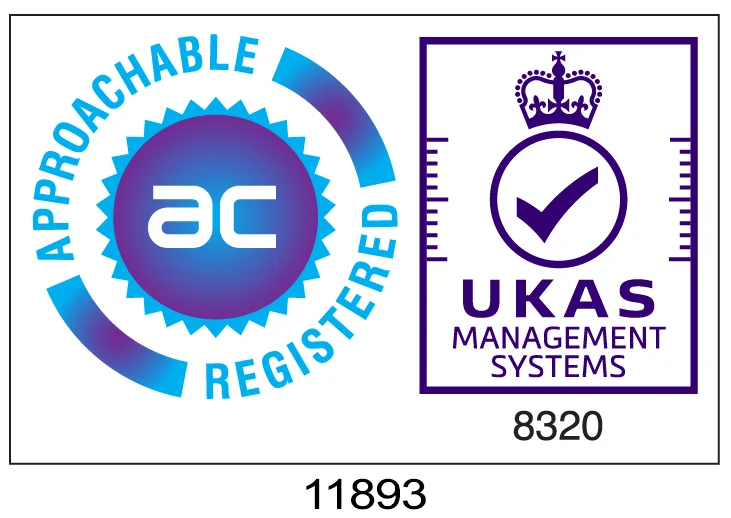Last updated on September 25th 2025
What is Work Order Management?
Work order management is the process of creating, assigning, tracking, and completing work requests across an organisation. Effective work order management ensures that tasks (from routine maintenance to complex field operations) are completed on time, within budget, and to the required standard.
Modern businesses rely on work order management to maintain operational efficiency, improve asset performance, and provide full visibility of tasks for both office and field staff. This blog explains what work order management is, its benefits, types of work orders, and how software and mobile tools transform operations for property managers, facilities teams, and construction projects.
The market for work order management software is projected to reach USD 1949.6 Million by 2030 (Yahoo Finance). What’s driving this growth? The increasing importance of data-driven planning and budgeting. As more organisations adopt this technology, having an understanding of it’s core components is increasingly important. They include:
- Maintenance Requests: The starting point where a need for maintenance work is identified and communicated.
- Work Order Creation: Transforming these requests into structured, trackable work orders.
- Prioritisation: Determining the urgency and importance of each work order.
- Assignment and Scheduling: Allocating tasks to suitable personnel and scheduling them appropriately.
- Execution: The actual performance of the maintenance work.
- Documentation and Tracking: Recording progress, resource usage, and completion details.
- Closure and Analysis: Finalising completed work orders and analysing them for insights and improvement
The work order management process
Step 1: Identify the problem and create the work order
Every work order starts with recognising a need for action—whether that’s a breakdown, a scheduled maintenance trigger, or a customer request. Once identified, the issue is documented as a work order. This record includes:
-
A clear problem description
-
Asset or location details
-
Photos, videos, or other supporting evidence
-
Relevant contacts and deadlines
Capturing complete, accurate information at this stage helps the task move quickly through the process.
Step 2: Approve and assign
Before work begins, the order is reviewed to confirm it’s legitimate, necessary, and aligned with priorities such as budget, compliance, and resource availability. Once approved, it’s assigned to the right technician or team based on:
-
Skills and certifications
-
Current workload and availability
-
Location and travel considerations
-
Access to the right tools and parts
Modern work order management software often automates this stage, ensuring the most suitable worker is selected without delays.
Step 3: Provide resources and execute
Successful execution depends on giving field staff everything they need upfront. A comprehensive work order provides:
-
Step-by-step instructions
-
Safety and compliance guidelines
-
Required tools, parts, and schematics
-
Access to service history and notes
With these resources—ideally available on mobile devices—teams can carry out the job efficiently while progress and performance metrics are tracked in real time.
Step 4: Close and review
When the work is complete, the technician verifies the outcome, records time spent and parts used, and logs any follow-up needs. Closing the work order ensures compliance, accurate reporting, and billing.
But closure isn’t the end—it’s also a learning opportunity. Analysing completed work orders can:
-
Reveal recurring issues
-
Improve resource allocation
-
Identify training needs
-
Strengthen customer satisfaction
This final step feeds insights back into the process, making each cycle more efficient.
The benefits of work order management software
Adopting a digital work order management system can bring transformative benefits to an organisation’s maintenance operations. Let’s delve into how such software can enhance various aspects of work order management.
Best practices for work order management
-
Standardize Processes: Use a single system for all tasks to improve efficiency.
-
Assign Jobs Appropriately: Match skills, location, and availability for optimal performance.
-
Prioritize Effectively: Focus on high-impact or urgent tasks first.
-
Maintain Open Communication: Keep teams and stakeholders informed at all times.
-
Optimize Schedules: Reduce unnecessary travel and balance workloads.
-
Upskill Teams: Continuous training ensures staff are ready for new technologies and procedures.
-
Collect Feedback: Use insights from field teams and customers to improve operations.
Key Takeaways
-
Work order management organises and tracks tasks from request to completion.
-
Understanding different types of work orders (reactive, preventive, predictive, and proactive) helps teams prioritise and allocate resources.
-
Work order management software improves communication, accountability, and operational efficiency.
-
Following best practices ensures standardised processes, reduced downtime, and enhanced customer satisfaction.
What is Mobile Work Order Management – FAQs
What is a work order management system?
A work order management system is software designed to create, track, assign, and complete work orders. It centralises all job details, improves visibility across teams, and ensures consistent processes from request to closure.
Is there free work order management software available?
Some providers offer free or entry-level versions of work order management software. These options are usually limited in terms of users, features, and integrations, so they may only suit very small teams or trial use. Most organisations quickly outgrow free tools and turn to paid solutions for the flexibility, scalability, and support needed to manage work orders effectively.
What is the difference between a work order and a work order template?
A work order is a live request for work to be performed, while a work order template is a reusable framework. Templates standardise common tasks, such as safety checks or routine inspections, so jobs can be created quickly with consistent details.
What role does work order management play in field service management?
Work order management is a core component of field service management. It ensures field staff receive the right information, tools, and schedules in real time, while providing office teams with visibility into progress, costs, and customer outcomes.
Which industries use work order management software most often?
Facilities management, utilities, housing associations, construction, and healthcare are among the sectors that rely on work order management to track jobs, maintain assets, and meet strict compliance standards.
How does effective work order management improve customer satisfaction?
By ensuring jobs are completed on time and to a consistent standard, organisations reduce downtime, communicate more clearly with customers, and provide reliable service—all of which directly improve satisfaction and trust.

















